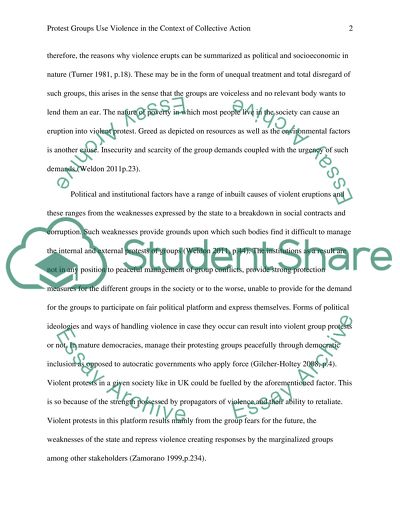Cite this document
(“Why do some protest groups use violence in the context of collective Essay”, n.d.)
Why do some protest groups use violence in the context of collective Essay. Retrieved from https://studentshare.org/history/1478989-why-do-some-protest-groups-use-violence-in-the
Why do some protest groups use violence in the context of collective Essay. Retrieved from https://studentshare.org/history/1478989-why-do-some-protest-groups-use-violence-in-the
(Why Do Some Protest Groups Use Violence in the Context of Collective Essay)
Why Do Some Protest Groups Use Violence in the Context of Collective Essay. https://studentshare.org/history/1478989-why-do-some-protest-groups-use-violence-in-the.
Why Do Some Protest Groups Use Violence in the Context of Collective Essay. https://studentshare.org/history/1478989-why-do-some-protest-groups-use-violence-in-the.
“Why Do Some Protest Groups Use Violence in the Context of Collective Essay”, n.d. https://studentshare.org/history/1478989-why-do-some-protest-groups-use-violence-in-the.


